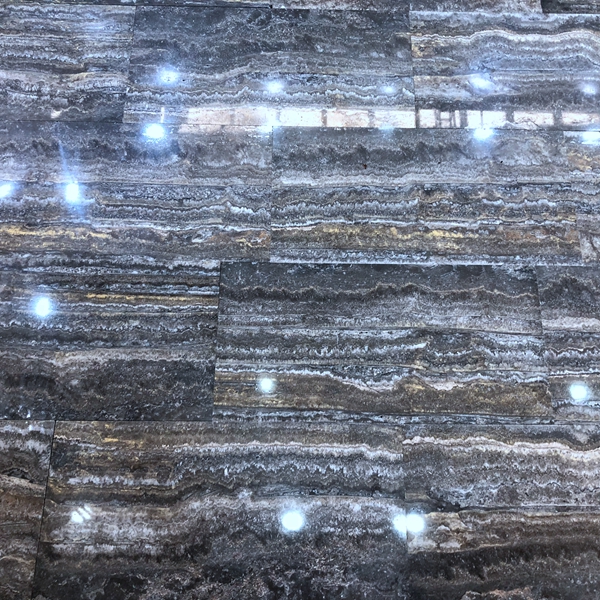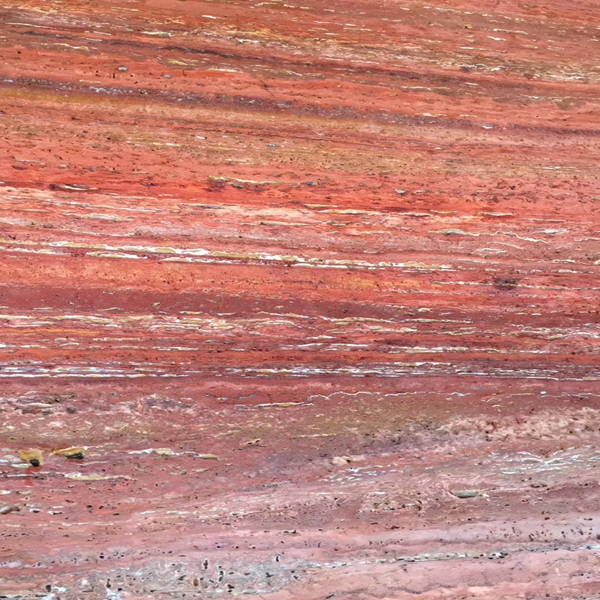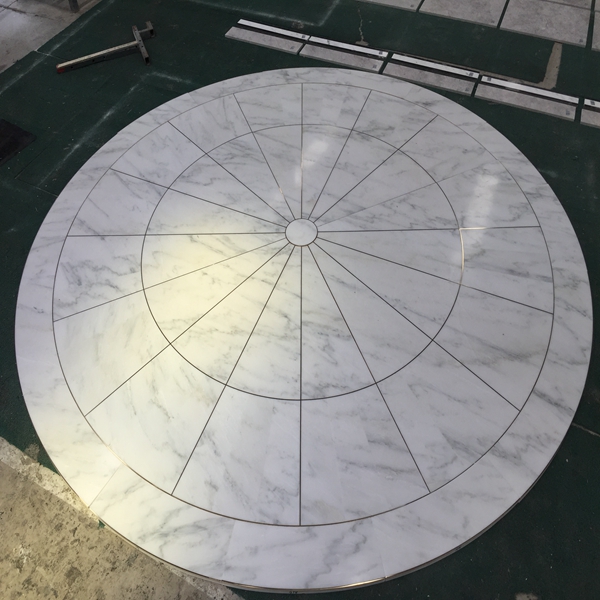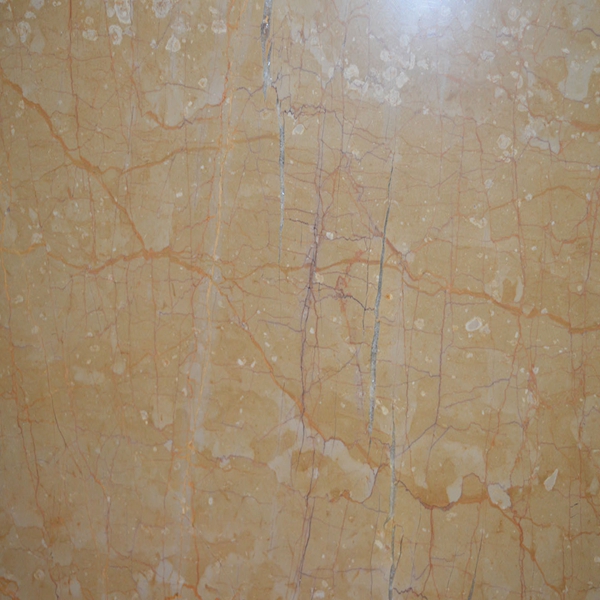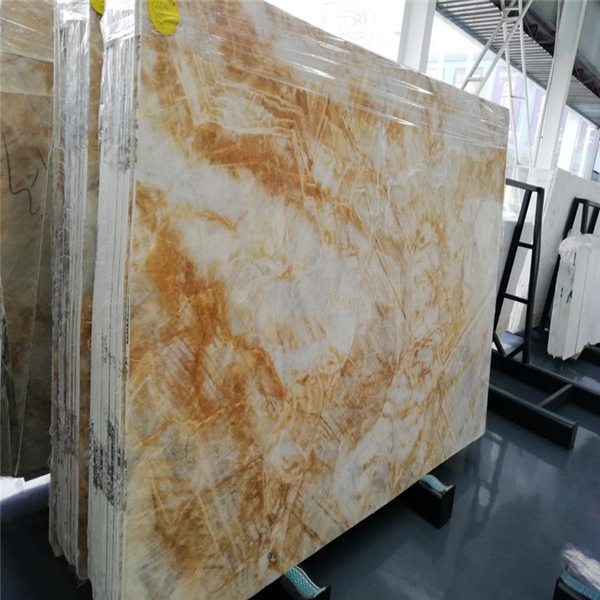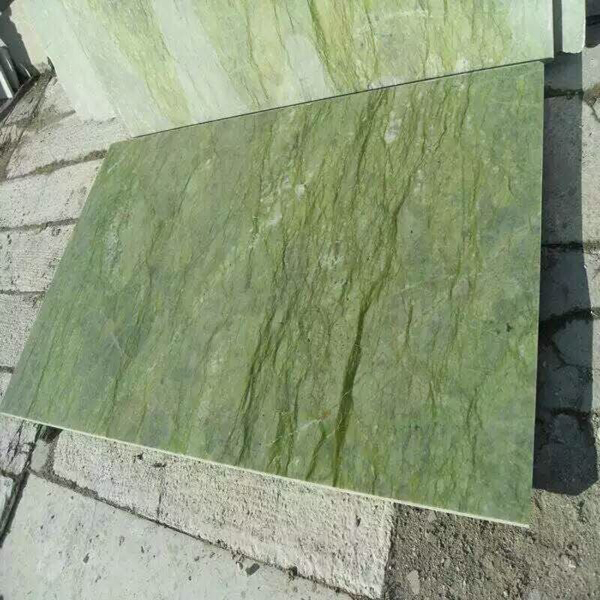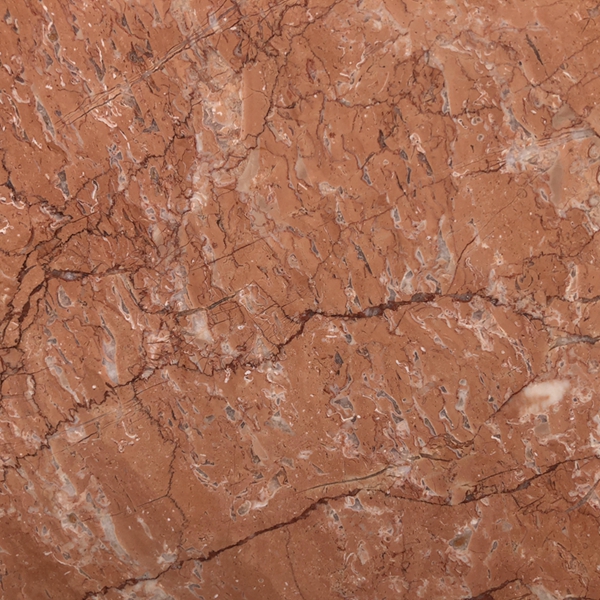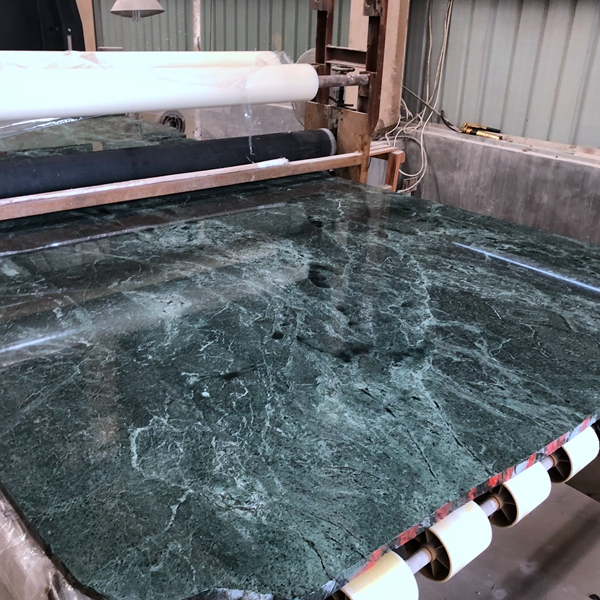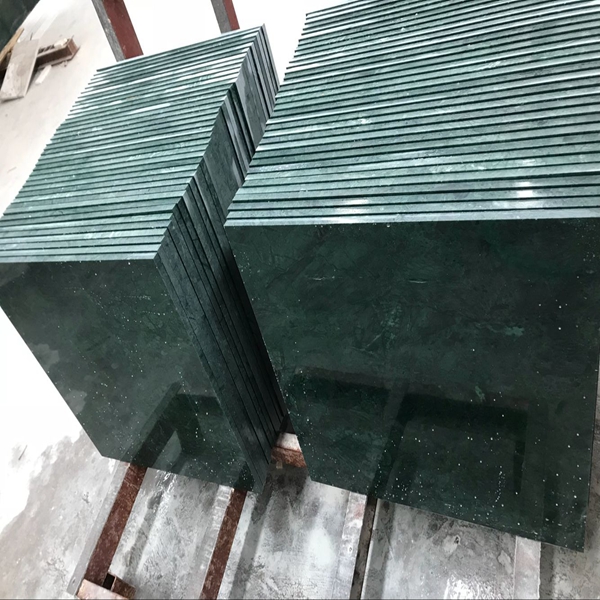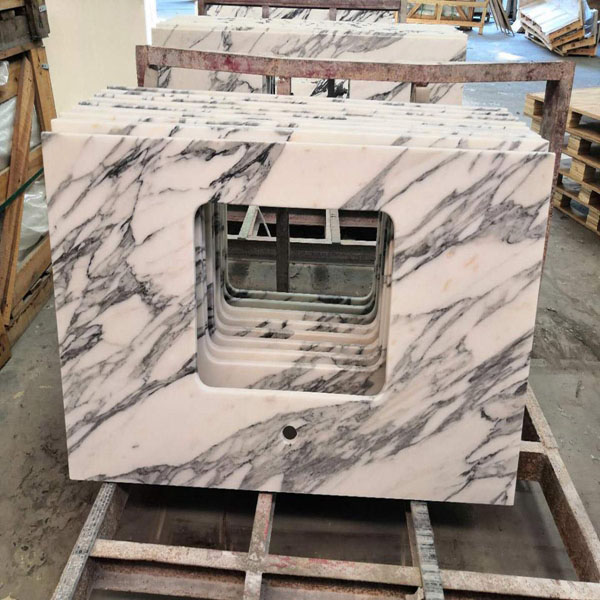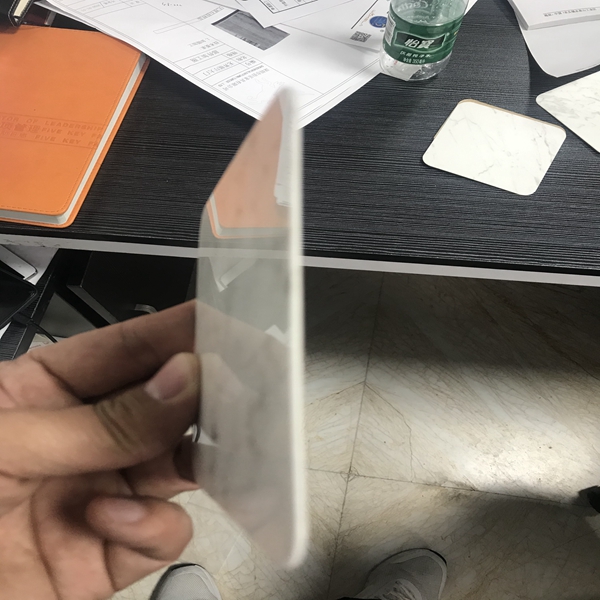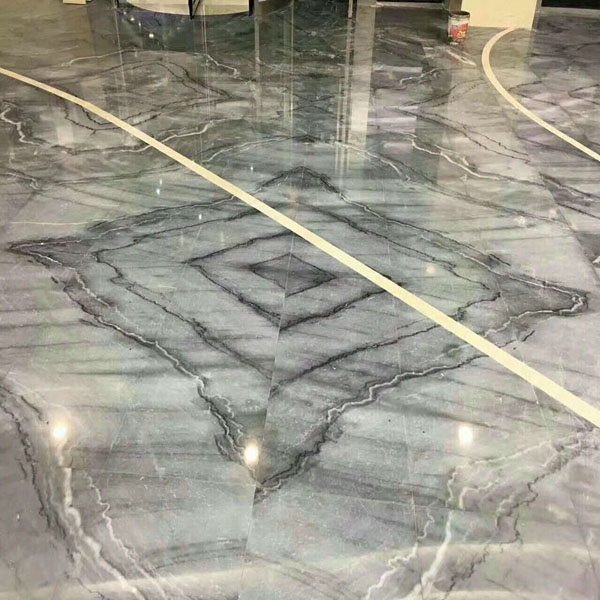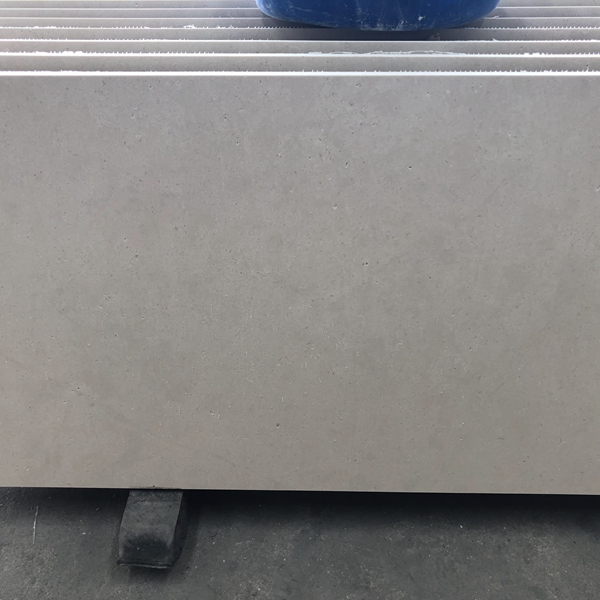The way to distinguish marble and granite with the eyes is to look at stone patterns. The pattern of the marble is rich, the lines are smooth and free, and the color changes are rich. The patterns of granite tile are spotted, there is no obvious pattern forming, and the colors are generally white, gray, black, red, yellow, etc., which are relatively simple.
Granite countertop is a igneous rock formed by underground magma spurting and intrusion cooling crystallization, as well as granitic metamorphic rocks. Has a visible crystal structure and texture. It consists of feldspar (usually potassium feldspar and aragonite) and quartz, mixed with a small amount of mica (biotite or muscovite) and trace minerals such as zircon, apatite, magnetite, ilmenite And meteorites and so on. The main component of granite is silica, which is about 65%-85%. The chemical properties of granite are weakly acidic. Usually, the granite is slightly white or gray. Due to the dark crystals, the appearance is spotted. The addition of potassium feldspar makes it red or flesh-colored. The granite is formed by the slow cooling of the magma and is buried deep below the earth's surface. When the cooling rate is extremely slow, it forms a very rough granite, which is called crystalline granite. Granite vanity top and other crystalline rocks form the basis of the continental plate, and it is also the most common intrusive rock exposed to the Earth's surface.
Although granite is considered to be igneous rock formed by melted matter or magma, there is ample evidence that some granites are formed by local deformation or previous rock products that are rearranged and recrystallized without undergoing liquid or melting processes. Granite has a specific gravity between 2.63 and 2.75 and a compressive strength of 1,050 to 14,000 kg/cm 2 (15,000 to 20,000 psi). Because granite is much stronger than sandstone, limestone, and marble, it is more difficult to mine. Due to the special conditions and firm structural characteristics of granite formation, it has the following unique properties:
(1) It has good decorative properties and can be used in public places and outdoor decoration.
(2) Excellent processing properties: sawing, cutting, polishing, drilling, engraving, etc. The processing precision is up to 0.5μm and the luminosity is above 1600.
(3) Good wear resistance, 5-10 times higher than cast iron.
(4) The coefficient of thermal expansion is small and not easily deformed. It is similar to indium steel and has little effect on temperature.
(5) Large modulus of elasticity, higher than cast iron.
(6) Good rigidity, large internal damping coefficient, 15 times larger than steel. It can be shockproof and shockproof.
(7) Granite is brittle and only partially falls off after damage, and does not affect the overall straightness.
(8) Granite is chemically stable, difficult to weather, resistant to acid, alkali and corrosive gases. Its chemical properties are directly proportional to the silica content, and its service life can reach 200 years.
(9) Granite is non-conductive, non-magnetic, and stable.
Usually, granite is divided into three different categories:
Fine-grained granite: The average diameter of feldspar crystals is 1/16~1/8 inches.
Medium grain granite: The average diameter of feldspar crystals is about 1/4 inch.
Coarse grain granite: The average diameter of feldspar crystals is about 1/2 inch and larger diameter crystals, and some even reach several centimeters. The density of coarse-grained granite is relatively low.
In recent years, among the stone used in the monument building, granite accounts for 83% and marble accounts for 17%.
Marble slab is formed by metamorphic rocks of sedimentary rocks and sedimentary rocks. It is a metamorphic rock formed by the recrystallization of limestone, usually accompanied by the texture of biological remains. The main component is calcium carbonate, which is about 50%-75% and is weakly alkaline. Some marbles contain a certain amount of silica, and some do not contain silica. Fine particles (referring to calcium carbonate), the surface distribution of the stripes is generally irregular, and the hardness is low. The extremely structural characteristics of marble make it have the following properties:
(1) Good decorative performance, marble does not contain radiation and has bright colors and rich colors. It is widely used for interior wall and floor decoration. Excellent processing properties: sawing, cutting, polishing, drilling, engraving, etc.
(2) Marble tiles has good wear resistance and is not easy to age. Its service life is generally around 50-80 years.
(3) In industry, marble is widely used. Such as: used in raw materials, purification agents, metallurgical solvents.
(4) Marble has the characteristics of non-conductivity, non-magnetic, and stable position.
From a commercial point of view, all naturally occurring, capable of polishing calcareous rocks are called marble, as are some dolomite and serpentinite. Because not all marbles are suitable for all architectural applications, marble should be classified into four categories: A, B, C, and D. This classification method is particularly suitable for relatively brittle Class C and Class D marbles, which require special handling prior to installation or during installation.
The specific classification is as follows:
Class A: High quality marble with the same excellent processing quality, free of impurities and pores.
Class B: The characteristics are close to the former type of marble, but the processing quality is slightly worse than the former; there are natural flaws; a small amount of separation, gluing and filling are required.
Class C: There are some differences in processing quality; defects, pores, and texture are more common. Repairing these differences is moderately difficult by separating, gluing, filling, or reinforcing one or more of these methods.
Class D: The characteristics are similar to those of Class C marble, but it contains more natural enamel and the greatest difference in processing quality, requiring the same method for multiple surface treatments. This kind of marble is a lot of colorful stone, they have a good decorative value.
The difference between the scope of use of marble granite
The most obvious difference between granite and marble is that one is used outdoors and the other is used indoors. Most of the natural stone patterns seen in the room are marble, while the spotted natural stone paved on the outdoor pavement is granite.
Why is there such a clear distinction between places?
The reason is that the granite is wear-resistant, acid-resistant and corrosion-resistant, and it can be used for a long time. In addition, according to the radioactive level granite, it can be divided into ABC three categories: Class A products can be used in any occasion, including office buildings and family rooms; Class B products are more radioactive than Class A, and can not be used in the interior of the living room, but can be used for other The inner and outer finishes of all buildings; Class C products have higher radioactivity than A and B, and can only be used for exterior finishes of buildings; natural stone that exceeds Class C standard control values can only be used for seawalls, piers and Other uses such as stone tablets.
The marbled road is beautiful and suitable for interior decoration. The marble land is delicate, clean and mirror-like, and has a strong ornamental effect. Therefore, it is widely used in the art field. There is a huge and beautiful marble screen in the Great Hall of the People. Marble radiation is weak and negligible, and marble-borne cancer on the Internet is a rumor.
The difference between marble and granite prices
Although both granite and marble are high-grade stone products, the price difference between the two is very large.
The granite pattern is single, the color changes are small, and the decoration is not strong. The advantage is that it is durable, not easily damaged, and will not be dyed, and is mostly used outdoors. Granite varies from tens of yuan to several hundred yuan, the rough surface is cheaper, and the glossy surface is more expensive.
The marble texture is smooth and delicate, and the texture changes are rich. The boutique has the charming pattern of landscape painting, and the marble is artistic stone. The price of marble varies from a hundred yuan to several thousand yuan. Depending on the origin, the price difference varies greatly.
From the characteristics, effects and price differences, we can see that the difference between the two is still very obvious. I hope the above will help you distinguish between marble tile and granite tile.

